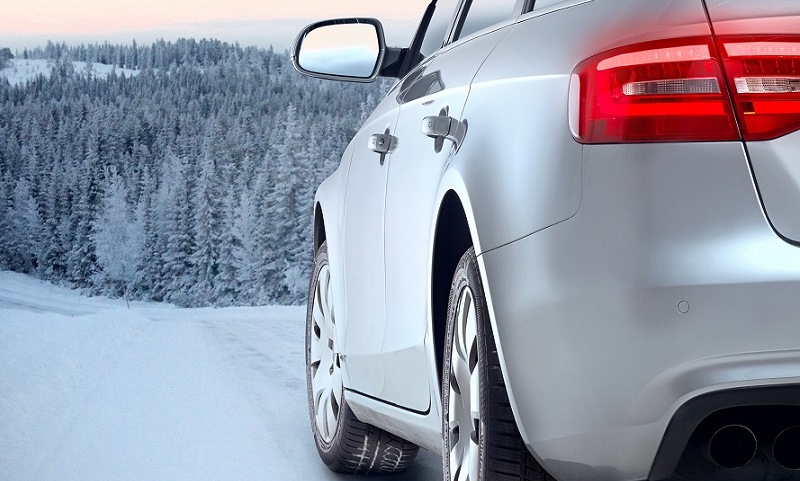Winter worries: Top five common causes of breakdowns

Winter worries:
Top five common causes of breakdowns
When winter sets in, many aspects of the daily routine become more complicated. from the first time you flick the heating switch up in autumn to de-icing your car for the morning commute, life is just a little slower during the dark winter months.
Did you know the top causes of car breakdowns are also different during the winter? Cold weather creates new pressures for you and your vehicles. That’s why businesses choose to minimise the impact of breakdowns with cover.
However, the good news is there are ways to reduce the risk of winter car breakdowns, so you can keep your car and your fleet on the road through to spring. Here are some of the most common winter car troubles and how you can combat them:
1. A flat battery
Your car is 51% more likely to suffer battery problems during the winter. This can cause great inconvenience – aside from the cost of replacing your battery, you may spend frosty mornings jump starting your vehicle by the roadside.
Many professionals simply don’t have the spare hours for this, so take care of your battery to minimise the risk.
How to prevent battery woes
There are simple ways to minimise your risk of finding a dead battery even in the coldest months.
Increasing your driving time is the easiest step you can take to ensure your battery stays charged. Your car’s alternator needs time to recharge the battery after it has started the engine.
Keeping the area around your battery clean also prevents the build up of damaging residue. Cut down on the common causes of battery drain by limiting your use of air conditioning and air systems – as well as remembering to switch off your lights. We’ve all done it!
Always keep a handy jump starter set in your car boot, garage or office to prevent inconvenient delays when you’re in a hurry.
2. Flat tyres
Flat tyres are a major cause of winter breakdowns. Tyres are changed 36% more often during winter compared to the summer months. Since nobody wants to come to a stop during their commute, it pays to keep your tyres in check.
How to stay pumped up this winter
Taking care of your tyres is important for safety as well as convenience and fuel economy. To stay on the road throughout the winter, check your tyre pressure regularly. Avoid driving over kerbs and uneven ground where possible.
3. Engine cut out
Your car is 27% more likely to cut out while driving in cold months. This is a daunting experience most drivers would rather avoid.
What to do if your car cuts out
If your engine stops while driving, guide your car to a safe position at the side of the road, then turn on your hazard lights and call for help.
You can reduce the risk of a frosty cut out by making sure you always have enough fuel. Clean your car’s air filter regularly (this can be done during a service) to let the engine breathe.
4. Non-starters
It’s a nightmare scenario that always seems to occur alongside two other unfortunate circumstances: you need to get to an important meeting and the weather is atrocious so being stuck isn’t pleasant.
The latter may not be a coincidence, though, since your car is 18% more likely to refuse to start in the winter.
How to start your car in cold weather
As we’ve seen, this problem could be caused by the battery or alternator. However, fuel systems, starter motors, oil and carburetors can all suffer when the temperatures plummet.
Having your car regularly serviced should ensure that the workings of your car are more generally in good working order and able to cope with the challenges posed by the winter.
5. An engine warning light
A significant 4% of breakdowns in the winter are due to the engine management light.
What to do if your engine warning light is on
If you see the dreaded engine light flashing, slow down to see if the light disappears. If it won’t, stop in a safe place, turn off the engine and call your breakdown cover provider for help. Alternatively, if possible, take your car to the nearest garage for it to be looked over by a professional. Don’t ignore a warning light – fix a problem before it becomes a bigger and more expensive issue.

.png)
.png)
.png)
.png)




